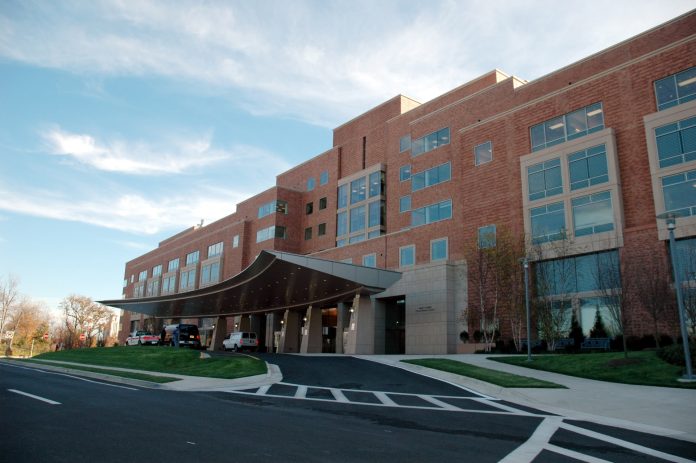The ability to effectively manage the revenue cycle is critical to the growth and sustainability of any healthcare business. Thousands of dollars lost in payer reimbursements, patient payments, and other income streams could put our clinic out of business if our billing department is inefficient.
Our company will succeed or fail based on how well we comprehend and implement Revenue Cycle Management. Below, we’ve outlined the revenue cycle’s stages and the advantages of well-executed Revenue Cycle Management.
Steps in the Healthcare Revenue Cycle Management Process
The revenue cycle in healthcare consists of several distinct phases. Therefore, there are many opportunities for errors to occur. When the revenue cycle breaks down, the provider may have to wait longer or stop getting paid by insurance companies and their consumers.
To understand where mistakes may occur and how RCM may help reduce them, let’s take a closer look at the procedures reflected in healthcare financial statements.
Verification of Eligibility and Pre-Approval
When a patient makes an appointment to see a doctor, that doctor uses the consultation to gather data for a diagnosis report. The patient’s eligibility for treatment must be verified; therefore, this step entails collecting relevant paperwork.
Revenue cycle management places a premium on accurately completing this stage, even if a patient already appears to have an account with the clinic. The claim will be denied later in the revenue cycle if there is insufficient or improper coverage. A delay in the compensation paid to the supplier is indicated. It also means more work for the doctor, who need to re-examine the patient’s medical history to correct any mistakes.
Expense Reporting and Coding
Charge capture is the process by which healthcare revenue cycle management services rendered to patients are translated into billable amounts using standard medical billing codes. These are the codes used by insurers in determining reimbursement amounts.
Incorrect medical coding can result in the insurance company not paying the participant. Due to this, payments to providers are put on hold. In addition, it is costly and time-consuming for the insurer to investigate and appeal denied claims. Therefore, coding errors are less likely to occur when there is a properly implemented revenue cycle management.
Getting Payments
Once a request has been authorized, the insurance company pays the provider based on the patient’s benefits. When the money is still owed after including the medical coverage, it is the responsibility of the service providers to get in touch with the client.
Revenue cycle management shortens the time it takes to get paid from patients by improving the efficiency with which claims are processed. In addition, because RCM prioritizes front-end operations such as insurance eligibility verification, customers will have a better idea of their out-of-pocket costs when they sign up.
Claims Submission
Once the prescription has been properly coded, the claim is sent to the patient’s insurance company for approval. By keeping a close eye on and updating the claim from the get-go, RCM ensures that it is submitted quickly.
Evaluation of Health Care Services
Effective revenue cycle management encourages healthcare practitioners to evaluate patient diagnoses and treatments. By studying this data, providers might detect bottlenecks in the system and identify cost-saving measures. This will increase providers’ income while boosting patients’ happiness.
The Benefits of Revenue Cycle Management for Healthcare Centers
Operators can avoid revenue delays or losses with the help of revenue cycle management which ensures that operations are finished accurately. RCM’s primary goal is to increase the service provider’s income and has several advantages. As a result, providers and patients alike can reap the benefits of revenue cycle management.
Let’s look at the positive aspects of revenue cycle management.
Recognizing and Fixing Errors
By using RCM, healthcare organizations better monitor the revenue cycle and identify problem areas. Since more than 90% of claim denials are attributed to efficiently avoidable technical issues like insufficient data in the patient’s file or inaccurate coding, this lowers the probability of claim rejections. When these problems are fixed the average pay out quickly increases, and claims are approved immediately.
Combating Frauds in Healthcare Systems
The ability of RCM to detect and prevent fraudulent activities is a significant benefit. A staggering number of dollars are lost annually due to healthcare fraud. In addition, a provider’s income and credibility could be at risk during a fraud investigation.
Correct information gathering, billing, and labeling are at the heart of revenue cycle management, making it less likely that practitioners will transmit incorrect information to insurance companies.
Increasing Healthcare Facility Revenue
Avoiding technology issues, claim denials, and fraud investigations can speed up healthcare providers’ payments. They can avoid problems, prevent dispute claims, and identify fraud while saving thousands of dollars. As healthcare providers, we prioritize on providing exceptional care to our patients.
Administrative Complicacy is Simplified
We are reducing administrative work by doing away with denied claims. Without having to spend time and energy investigating and appealing denied claims, administrative personnel can focus more on improving patients’ experience. RCM focuses on front-end tasks and simplifies interactions between management and patients.
The Conclusion
It is the hospital’s job to provide the greatest standard of patient-centred care while adapting to the changing landscape of healthcare revenue cycle management. If we want our organization to be running on all cylinders, every department’s goals must be in sync with the others. Changes in valuation methods are advancing in healthcare technology, and natural disasters pose challenges for healthcare revenue cycle management, which must evolve to remain competitive.
Accurate contract data and an established line of communication guarantee that everyone at the hospital understands their part in keeping the revenue cycle running smoothly.



 Bitcoin
Bitcoin  Ethereum
Ethereum  Tether
Tether  XRP
XRP  USDC
USDC  Lido Staked Ether
Lido Staked Ether  TRON
TRON  Cardano
Cardano  Avalanche
Avalanche  Toncoin
Toncoin  Solana
Solana